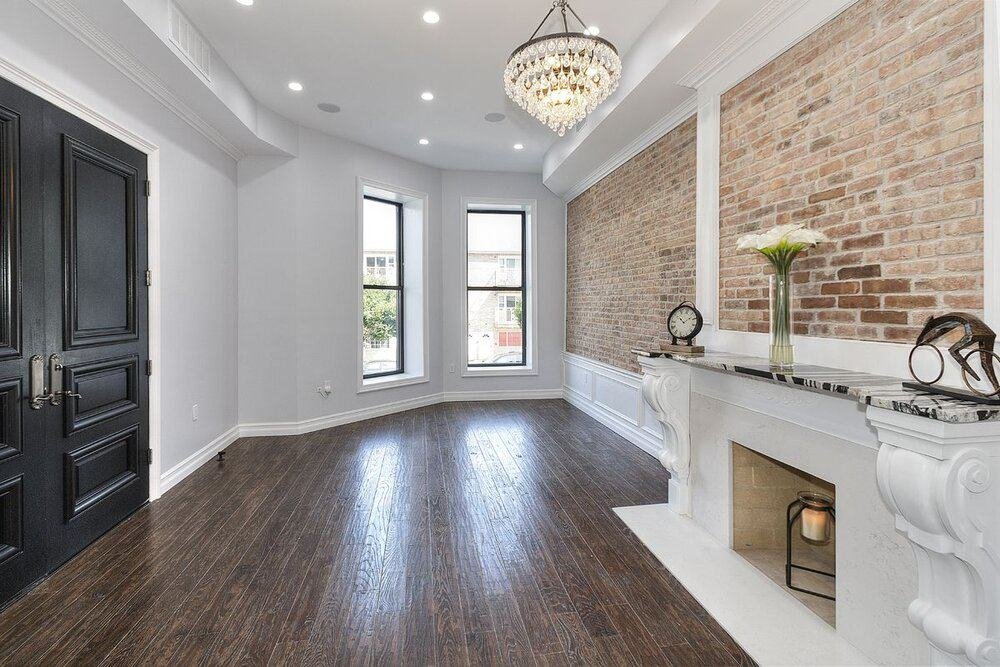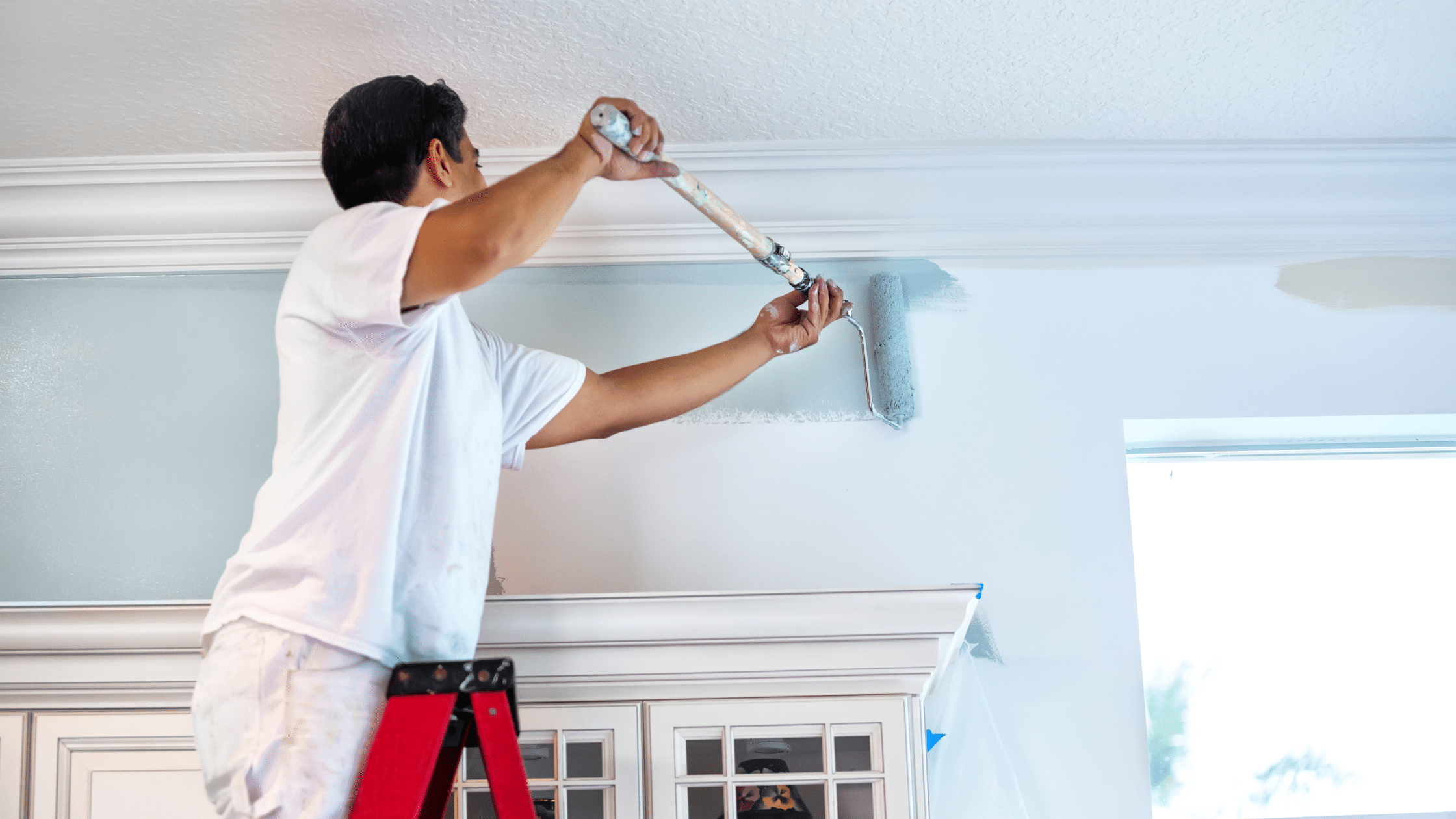Enhance Your Interior Decoration With Comprehensive Shade Appointment
The combination of color consultation right into interior decoration provides an one-of-a-kind opportunity to improve and elevate the visual and emotional vibration of a room. By engaging with a seasoned shade consultant, you can browse the complexities of shade option, guaranteeing that your choices not only complement architectural attributes however additionally resonate with individual design and emotional influence. This critical partnership can dramatically affect the overall atmosphere of your setting, fostering a feeling of harmony and purpose. Recognizing the subtleties of this procedure is necessary-- what crucial facets should be considered to accomplish optimum outcomes?
Advantages of Shade Appointment

In addition, shade assessment aids in optimizing all-natural light and maximizing spatial perception. Lighter tones can make a room appear more large, while darker tones create an intimate setting. Cleveland Metro Painting Specialists. This calculated application of shade can considerably affect the general atmosphere of any kind of indoor space
Additionally, specialist experts possess a detailed understanding of current patterns and timeless classics, making sure that the chosen shades will continue to be enticing with time. This foresight can conserve clients from costly redesigns in the future. Shade appointment empowers clients by giving them with a clear vision and direction, fostering confidence in their layout options and inevitably leading to a much more satisfying and successful interior design outcome.
Recognizing Color Psychology
The importance of color psychology in interior decoration can not be overemphasized, as it explores the emotional and mental effects that numerous hues can evoke in individuals. Colors can influence mood, behavior, and also performance, making them an essential consideration in any kind of style job.
As an example, cozy shades such as red, orange, and yellow are commonly related to power and warmth. They can stimulate sensations of excitement and comfort, making them suitable for social areas like living kitchen areas or spaces. Alternatively, cool colors like blue, eco-friendly, and purple have a tendency to stimulate peace and serenity, making them excellent for bed rooms or meditation areas.
Furthermore, the usage of neutral tones can create a well balanced atmosphere by allowing the bolder colors to stand apart without overwhelming the senses. Recognizing these psychological effects makes it possible for designers to develop areas that not only look cosmetically pleasing however likewise promote psychological wellness.
Integrating shade psychology right into interior decoration includes a thoughtful choice of hues tailored to the intended feature of each space, inevitably enhancing the total experience for its residents. This understanding is essential for accomplishing a unified and functional indoor environment.
The Color Wheel Discussed
Comprehending the relationships between tones is important for efficient interior layout, and the shade wheel works as a useful tool in this procedure. The shade wheel, established by Isaac Newton in the 17th century, highlights the range of colors prepared in a round format. It comprises key colors-- red, blue, and yellow-- that can not be created by mixing various other colors. Second colors, created by combining primaries, include environment-friendly, orange, and purple. Tertiary colors arise from mixing a primary and a second color, resulting in tones such as red-orange and turquoise.
The color wheel aids developers understand the connections in between colors, including complementary, comparable, and triadic plans. Corresponding colors, located contrary each other on the wheel, produce dynamic contrasts that can invigorate an area.
Using the shade wheel in interior design not just improves aesthetic appeal however additionally stimulates particular feelings and ambiences, making it an essential recommendation for color appointment. Comprehending these connections ultimately empowers developers to produce areas that are both visually captivating and practical.
Choosing the Right Scheme
Usually, choosing the best combination is a crucial factor in accomplishing an effective indoor layout job. An appropriate color design can unify a room, boost its functions, and evoke preferred emotions. To start, consider the function of the room. Different areas offer diverse functions and need palettes that reflect their desired use; as an example, tranquil colors such as soft blues or eco-friendlies work well in bedrooms, promoting relaxation.
Following, take into consideration the natural light readily available. Light can substantially alter exactly how colors appear, so it is important to read review assess the area at different times of the day. Additionally, consider existing building components and furnishings. A harmonious combination must enhance these attributes, developing a cohesive look throughout the area.
When selecting shades, utilize the 60-30-10 policy, which suggests that 60% of the room must be a dominant color, 30% an additional shade, and 10% an accent shade. This proportion makes certain balance and visual rate of interest (Cleveland Metro Painting Specialists). Finally, sample colors on the walls before devoting, as this enables you to see exactly how the shades engage with each other and the total atmosphere they develop in your indoor style project.
Collaborating With a Color Professional

When dealing with a color specialist, the procedure typically begins with a first consultation. Throughout this meeting, you'll discuss your vision, preferences, and the existing components in your space. The expert will evaluate your needs and may recommend certain shade palettes that straighten with your objectives.
After establishing an instructions, the consultant will give examples and visual aids to help you imagine the proposed color design. This step is vital, as shades can appear in different ways under differing lighting problems.
Furthermore, a color professional can guide you in choosing complementary furnishings, art work, and devices to harmonize with your selected scheme. By working together closely, you can accomplish a polished aesthetic that elevates Discover More your insides and creates a welcoming environment. Eventually, the expertise of a color expert can dramatically boost the overall effect of your style project.
Verdict
In recap, comprehensive shade appointment functions as a crucial tool for improving indoor layout. By leveraging specialist expertise of color psychology and spatial dynamics, a customized shade palette can be created to stimulate certain emotions and develop an unified setting. This calculated method not just promotes a natural design narrative but additionally reduces the risk of pricey redesigns. Inevitably, engaging with a shade professional makes sure an informed and cosmetically pleasing end result, elevating the overall experience of the area.
By engaging with a seasoned color professional, you can browse the intricacies of shade option, making sure that your choices not only enhance building attributes yet likewise reverberate with individual style and mental influence. It consists of main colors-- red, blue, and yellow-- that can not be produced by mixing other colors.The shade wheel aids developers understand the relationships between colors, including complementary, similar, and triadic schemes.When choosing colors, make use my blog of the 60-30-10 policy, which recommends that 60% of the room should be a leading color, 30% a second shade, and 10% an accent color. By leveraging expert knowledge of color psychology and spatial characteristics, a customized color combination can be developed to stimulate specific emotions and develop an unified environment.